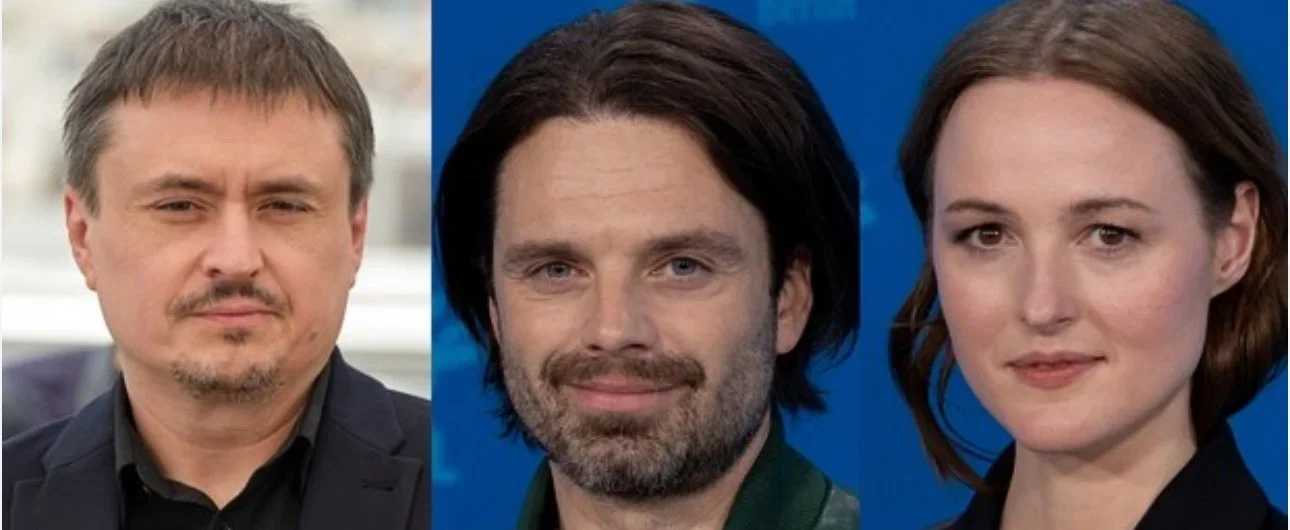Peter Jackson’s "They Shall Not Grow Old" uses never-before-seen archival footage of the "great war," which then colorizes and restores them in 3D format. This is an incredibly fascinating project which was originally screened in the U.K. last fall but has only come out this past month in the States. The result is nothing short of a landmark cinematic event.
What’s ironic about They Shall Not Grow Old’s success at the box-office is that its total domestic tally thus far of $17.8M has outgrossed the $15.9m of the Jackson-produced “Mortal Engines,” an underseen $100m-budgeted YA fantasy flick that cost Universal a $100m loss.
And so, what to make of the success of this colorized World War I documentary? After having seen “They Shall Not Grow Old” this past weekend for a second watch, but this time around in 3D and with a leaner length, it’s quite easy to see why America has been so smitten-ed by this film.
Using dubbed voices and archival images, this is the closest to a legitimate time-machine the cinema has ever given us. The first few second of colorized film depicts these soldiers in mushroom-cap helmets, all but pink-cheeked youth,some as young as 14, staring back at us through the camera lens. It re-captures the feeling that must have run through the veins of movie audiences, more than 100 years ago, gasping at the miraculous invention of the movie camera — we’re as excitedly hypnotized at the images that we are seeing on-screen as they must have been when they saw the first batch of Lumieres home movies rummaging through the screen during cinema’s infancy.
What we know about World War I was that it was a new kind of war; planes, tanks, and artillery were being used for the first time, but the insufferably horrific conditions of trench warfare were still very much present. In the film Jackson shows how these men had to live in their own filth, sleeping in lice and rat-infested trenches, and alongside piles of decomposing dead friends as part of a daily ritual of survival.
The moving images of camaraderie between the soldiers, whether it’s the simple pleasures of having new jam to spread on their toasts or lining up for stew being shared among hundreds of men, is served to us in a smartly delivered 24 frames a second (retimed from the original 13 frames a second). Jackson has also removed the dust, scratches and tears from the original prints. The result manages to take your breath away.
Having Jackson, known as a tech wizard in the film industry, is a priceless gift for history buffs, but it also results in a major feat of storytelling, one that doesn’t follow a particular story as much as a universal experience of being there, in the trenches. There are no dates, places. names or famous battles mentioned in the film’s 90 minutes but there is a sense of experiencing history, as seen through a visually staggering thought experiment which tries to recreate the impossible.
Taking its name from Laurence Binyon’s 1914 poem “For the Fallen,” “They Shall Not Grow Old” has a touchingly rendered interlude, British soldiers peacefully interacting with German prisoners of war, during a cease-fire, which deconstructs the fabricated notion of the “other side.”






